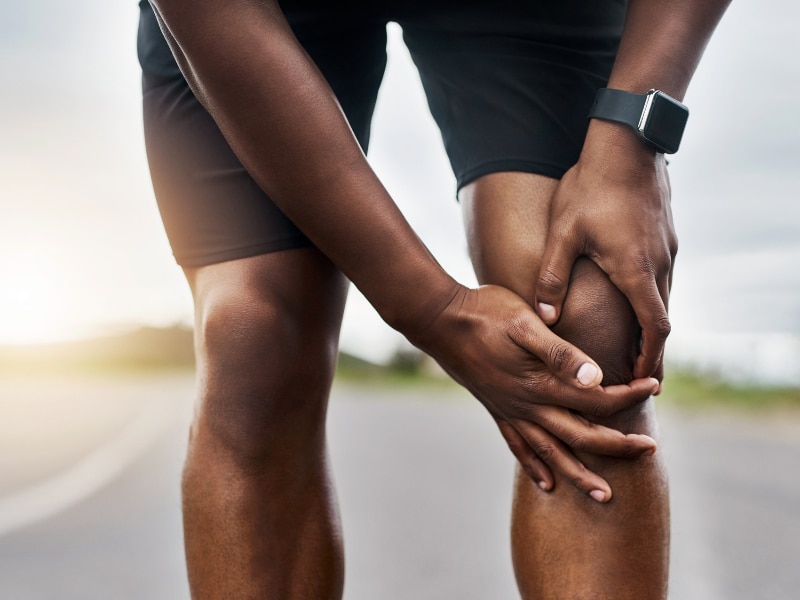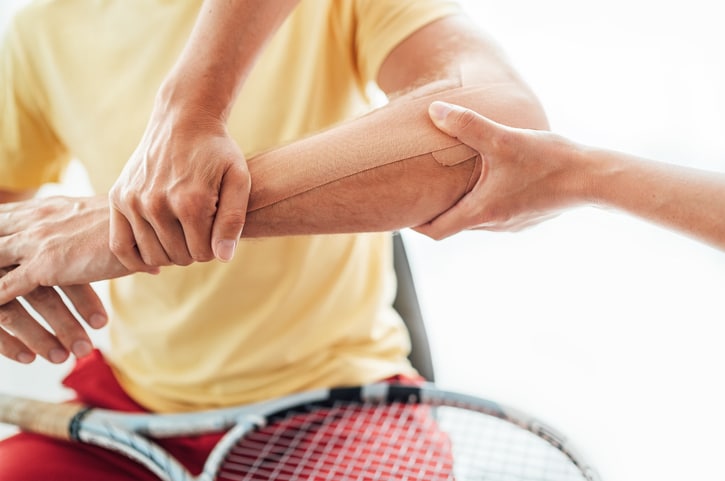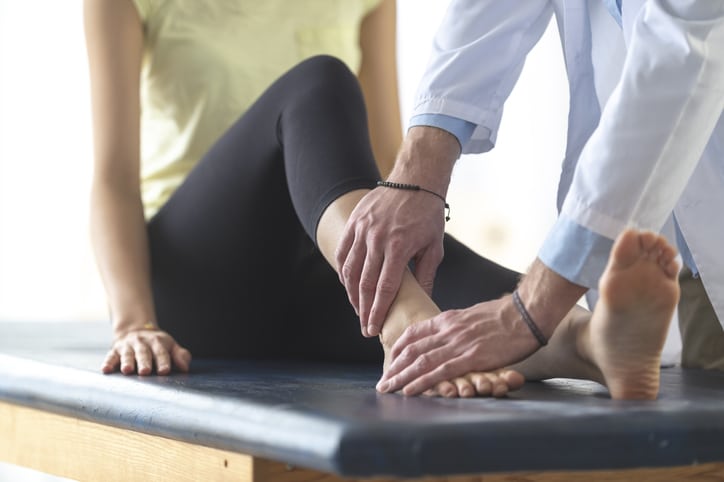Weekend warriors often spend their Saturdays and Sundays catching up on the workouts and household chores they neglected during the workweek.
The trouble is, punctuating a sedentary lifestyle with bursts of physical activity may be more than their bodies can handle, says Adam Hines, MD, orthopedic surgeon on the medical staff at Methodist Richardson Medical Center.
“They may be less physically fit than they realize,” Dr. Hines explains. “So when they try to exert themselves on the weekends with sports or other activities, they end up putting themselves more at risk for injury.”
Don’t try to cram a full week of work — and workouts — into one or two days. Instead, Dr. Hines recommends exercising for shorter periods throughout the week and tackling home improvement projects as they arise.
“When you are regularly participating in activities, your body recognizes and understands what is being asked of it,” he says. “Your body’s constantly in this cycle of being broken down and rebuilt, so you’re used to it and recover more quickly. But if your body’s not used to that, that’s when people are more prone to injuries.”
Dr. Hines offers some tips on how to treat and avoid some of the most common injuries suffered by weekend warriors.
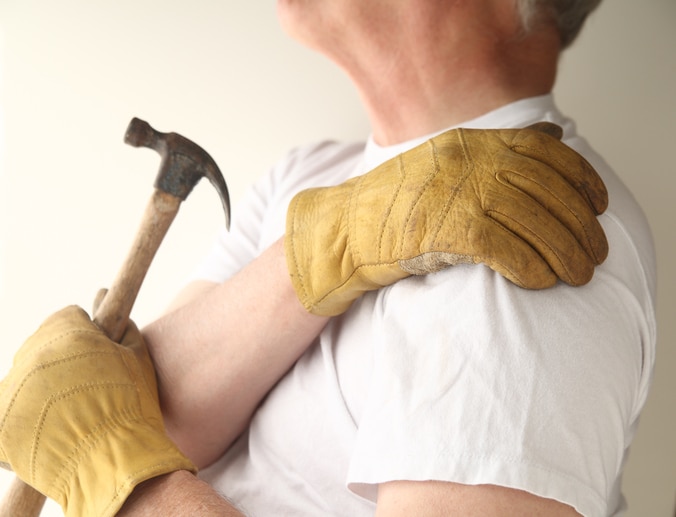
SHOULDER BURSITIS
Bursitis involves the chronic inflammation of the bursae, fluid-filled sacs that provide cushioning and reduce friction around the joints. This painful condition can affect the hips, elbows, knees, and even the base of the big toe, but one of the areas most affected is the shoulder.
“Shoulder bursitis tends to be seen in people who increase their overhead activity more quickly than they should,” he explains. “They have pain in the front or the outside of their shoulder. And it worsens with overhead lifting or just raising their arms overhead.”
How to avoid it:
- Recognize your limitations
- Learn and adopt the proper posture or technique for your activity
- Ease into new exercises or activities
- Make time for physical fitness throughout the week
REPETITIVE STRESS
Any overuse and overextension of the muscles and joints can cause repetitive stress disorders like tendonitis.
Tennis elbow occurs when stress overloads the tendons in your elbow joint. And it isn’t limited to athletes, Dr. Hines adds.
“Any increased activity with the wrist and hand, if it’s constant and repetitive, can cause tennis elbow — even if it’s light activity,” Dr. Hines says.
Similarly, repetitive stress can also hurt knees, causing a condition called IT band syndrome.
“That’s where you get pain on the outside of the knee when you are trying to increase your activity more rapidly than your body will allow,” Dr. Hines says. It’s commonly seen in novice runners who attempt marathons without proper training.
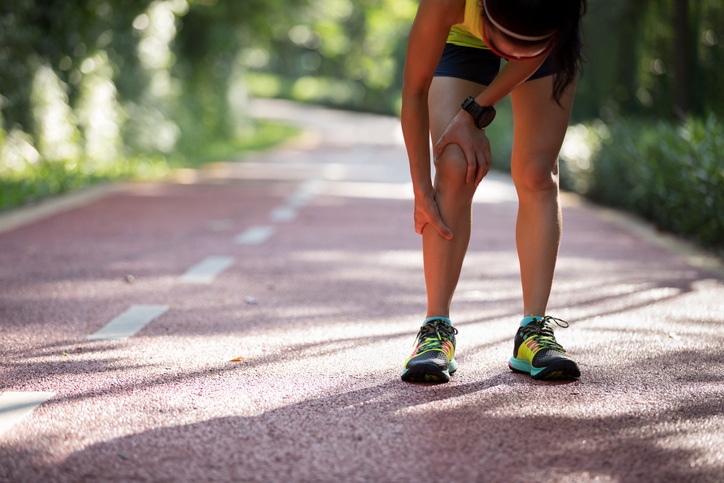
Runners are also prone to shin splints, bone-deep inflammation that results from overworked muscles and tendons in your legs.
“The muscles are constantly pulling on the bone, which causes inflammation of the periosteum, a type of connective tissue found on the bone,” Dr. Hines says.
Shin splints are often the result of repeatedly pounding the pavement, failing to stretch ahead of time, or wearing the wrong kind of shoes.
How to avoid it:
- Stretch your muscles before exercise
- Try adding variety to your workout routine
- If high-intensity exercise such as running causes pain, scale back the duration and intensity of your workout
- Wear the right footwear for your activity
- Exercise on a more forgiving surface, such as grass or an indoor track
SPRAINS & FRACTURES
For the most part, these types of injuries are hard to ignore, inducing swelling and intense pain. But some people do live with incomplete fractures or stress injuries.
Accidents happen, even among seasoned athletes and professional handymen. So don’t tough it out when you overdo it. For injuries like sprains and fractures, it’s important to see a doctor immediately, Dr. Hines says.
“If you are unable to put weight on your ankle, you really should see your physician so that you can get X-rays and have an evaluation,” he says.
A good indication that you need medical help is if the pain worsens or holds you back in your daily activities.
“If the conservative management is not working and you’re getting worse, you need to come to see somebody,” he says.
How to avoid it:
- Make sure old injuries are healed before exerting yourself again.
- Safeguard ankle ligaments by stretching, warming up, and wearing shoes that match the activity.
- Use ladders on a firm, level surface. Keep at least two hands and one foot — or vice versa — on the ladder at all times. Finally, move the ladder as needed instead of overreaching.
Finally, don’t be discouraged by Dr. Hines’ words of warning. He emphasized that being active is a good thing, so long as you don’t overdo it.
“It’s important to develop a routine or rhythm,” he says. “Find something you love doing, and keep with it.”

